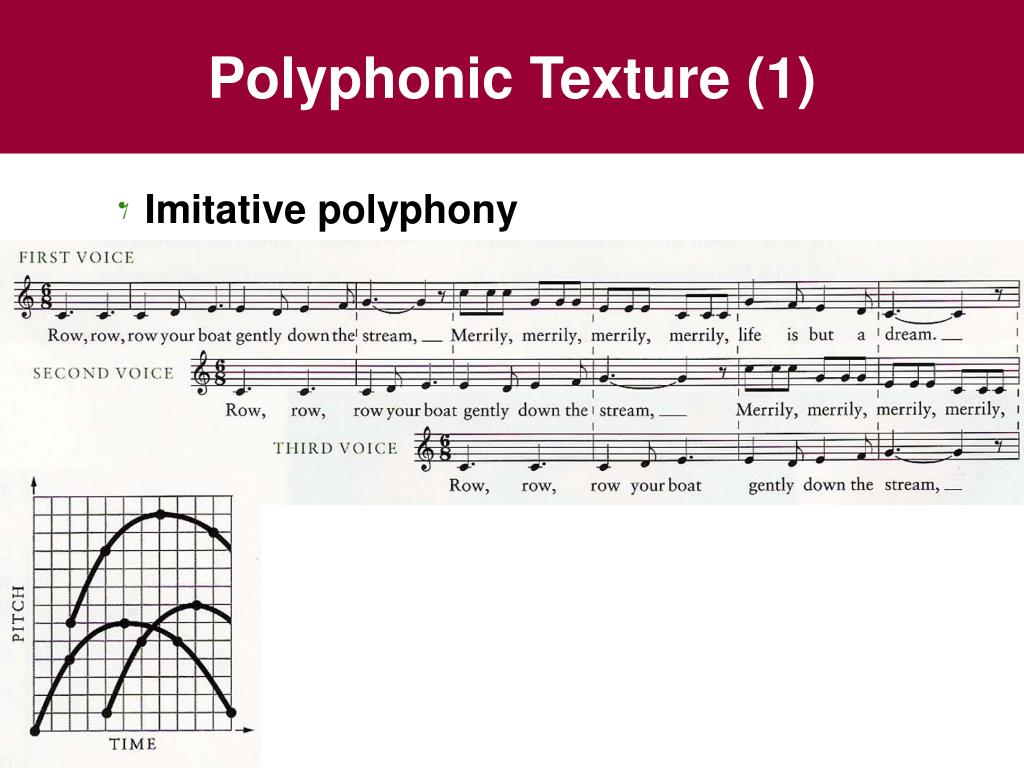
In a lot of well-written homophonic pieces, the parts that aren’t the main melody often sound quite different and can be interesting to listen to on their own. Explaining Homophonic Texture in MusicĪs defined above, a homophonic texture in music is where a single melody is the main idea while the other parts provide an elaborate accompaniment or play individual notes. The term homophonic originates from the Greek words ‘homo’, which means “same” or “similar”, and ‘phonic’, which means “sound” or “voice”. In other words, when a primary part is supported by one or more strands to add detail and complete the harmony, this is called a homophonic texture. In music, a homophonic texture is when you have one melodic line (the line that captures your attention naturally), while the rest of the parts accompany or simply fill in the chords.

History of Homophony What does Homophonic Mean in Music? You should be able to find the album by searching on the amazon store.5. There is an album called “Discover Early Music” that has some fantastic recordings of plainchant and organum in particular. It is quite difficult to find many recorded albums of medieval music, which offer a range of styles. The main secular genre of Art Nova was the chanson.Įxamples of Art Nova composers include Machaut in France and G. These experimentations laid some of the foundations for further musical development during the Renaissance period. The style was characterised by increased variety of rhythm, duple time and increased freedom and independence in part writing. The name comes from a tract written by Philippe de Vitry in c.1320. The period was also characterised by troubadours and trouvères – these were travelling singers and performers.Īrs Nova (“new art”) was a new style of music originating in France and Italy in the 14th century. Other medieval instruments included the recorder and the lute. The lyra is considered to be one of the first known bowed instruments The medieval dulcimers were originally plucked, but then hit with hammers as technology developed. Medieval flutes looked more like the modern day recorder as they had holes for fingers rather than keys. There were a number of characteristic instruments of the Medieval Period including: Here is an example of an 11th century manuscript containing nuemes:Īs the medieval period prgressed, nuemes developed gradually to add more indication of rhythm, etc. These were signs written above chants giving an indication of the direction of movement of pitch. The Catholic Church wanted to standardise what people sung in churches across the Western world.Īs a result, a system of music notation developed, allowing things to move on from the previously “aural” tradition (tunes passed on “by ear” and not written down). Have a listen to this synthesised example – notice how the 2nd voice stays on the same note whilst the 1st voice “sings” the melody:
#Polyphonic definition music free#
Have a look at this example of free organum and listen to the track of the beginning being played on a synthesised choir sound:Īn accompanying part stays on a single note whilst the other part moves around above it. The 2 voices move in both parallel motion and/or contrary motion. Have a listen to this synthesised example of parallel organum: One voice sings the melody, whilst the other sings at a fixed interval – this gives a parallel motion effect. It consisted of 2 lines of voices in varying heterophonic textures. Organum was a crucial early technique, which explored polyphonic texture. For example, if you start on a D and play all the white notes up to the next D an octave higher, you will have played the “Dorian Mode”).Īs the Medieval Period progressed, composers began to experiment and polyphonic styles began to develop. There were 8 church modes – (you can play them by starting on a different white note on a piano and playing a “scale” of 8 notes on just the white notes. The chants were also based on a system of modes, which were characteristic of the medieval period.

Have a listen to this example of Gregorian Chant:īy Paterm (Own work) The Mass (a commemoration and celebration of The Last Supper of Jesus Christ) was (and still is to this day) a ceremony that included set texts (liturgy), which were spoken and sung. This is not surprising, given the importance of the Catholic church during the period. Gregorian chant, consisting of a single line of vocal melody, unaccompanied in free rhythm was one of the most common forms of medieval music. The development of polyphonic music (more than one melody line played at the same time (“poly-phonic” means “many sounds”)) was a major shift towards the end of era that laid the foundations for Renaissance styles of music. (“mono-phonic” literally means “one sound”).

The vast majority of medieval music was monophonic – in other words, there was only a single melody line.


 0 kommentar(er)
0 kommentar(er)
